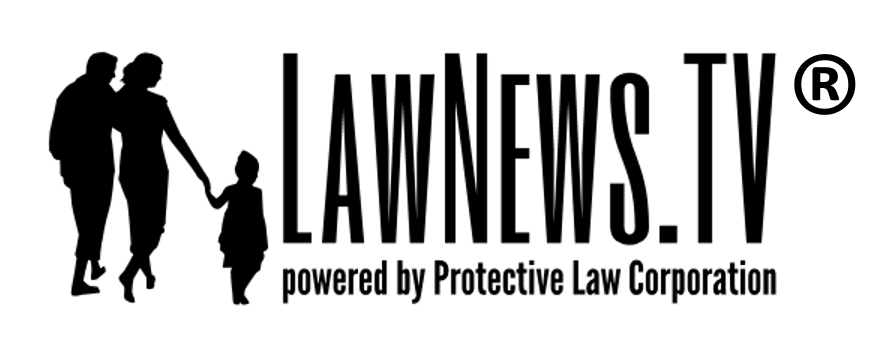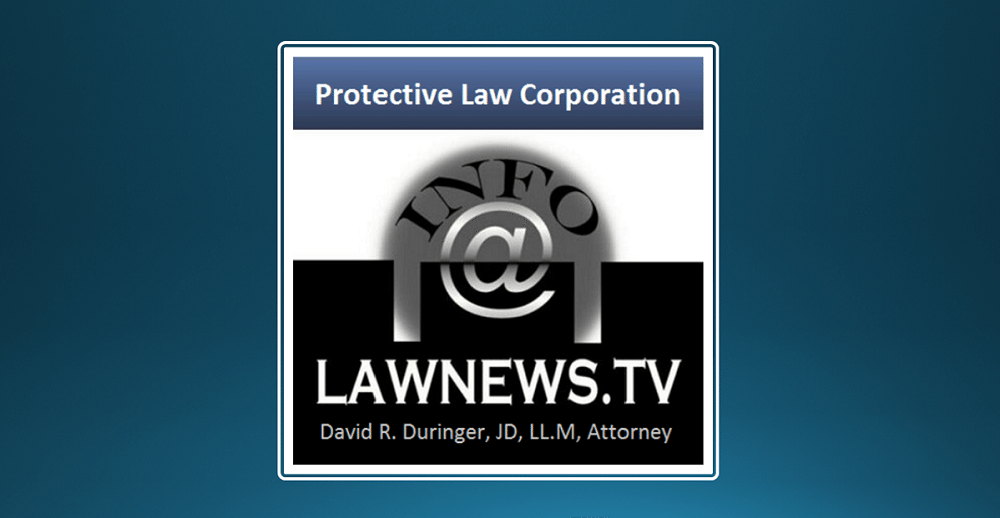There seems to be a misconception among some California estate planning attorneys that BDOT planning (BDOT stands for Beneficiary Deemed Owner Trust; also called a 678 trust, named after IRC §678) is inconsistent with, and should never be used with, a trust designed for asset protection. On the contrary, BDOT planning can play an important, even necessary, role in growing asset protection over time.
Note first that the phrase “asset protection” is used here to refer to planning for protection of an inheritance from a beneficiary’s (usually a child’s) potential future creditors and predators. However, supercreditors such as the government entail consideration of other issues outside the scope of this article. Nor does this article apply to self-settled asset protection planning (to protect your own assets from your own creditors), which is generally ineffective in California.
As explained in my article on BDOT planning, the object of such planning is to avoid high trust income tax by making the income taxable at the beneficiary’s marginal tax rate, which is almost always much lower. This is accomplished by giving the beneficiary an annual right to withdraw taxable income for that year, which under the tax code results in the beneficiary being deemed the owner of the trust for income tax purposes (but not other purposes).
Such BDOT planning can be included in trusts with only an independent trustee, for the best protection; or where there is a desire to give more control to the beneficiary, perhaps at a cost of some asset protection (certainly against squandering), clients may opt for a Beneficiary-Controlled Trust (BCT), which may also include BDOT provisions. (A BCT in California should allow for appointment of an independent “distribution trustee” to approve distributions.) With both of these approaches, there are many choices in drafting which can impact the level of potential asset protection. That discussion is also outside the scope of this article. The point here is that BDOT can be used with both approaches.
The reason many attorneys worry about including BDOT provisions is that under recent cases (see here and here) it is clear that even a general creditor (again, more issues with supercreditors) can reach sums due and payable, plus up to 25% of specified future payments, with limited exceptions. Obviously, it would be bad for a creditor to reach these amounts, so for some cases where beneficiary is likely to continue having serious creditor problems perhaps it is wise to steer clear of BDOT planning.
However in most cases there are no extant problems and the planning is to protect against merely potential problems which in all likelihood will not be persistent or chronic.
Therefore in the vast majority of cases it should suffice to include a provision allowing a trust protector to alternately revoke and restore the annual income withdrawal right for subsequent years. This leaves the current withdrawal right exposed — nothing can be done to avoid that — but revocation of the right for future years should be effective to avoid creditor reaching 25% of specified future payments. After settling for pennies on the dollar, the right can be restored.
The huge advantage that BDOT planning can provide to actually yield greater asset protection is two-fold: in addition to the significant tax savings on trust income retained in trust, the retention of this income every year that a creditor is not there to take it allows the protected trust corpus to build over time and earn even more income as it builds. When the income withdrawal right lapses each year, that income becomes principal which under California law cannot be reached by the general creditor. The protection after lapse is actually greater in California than in many other states.








